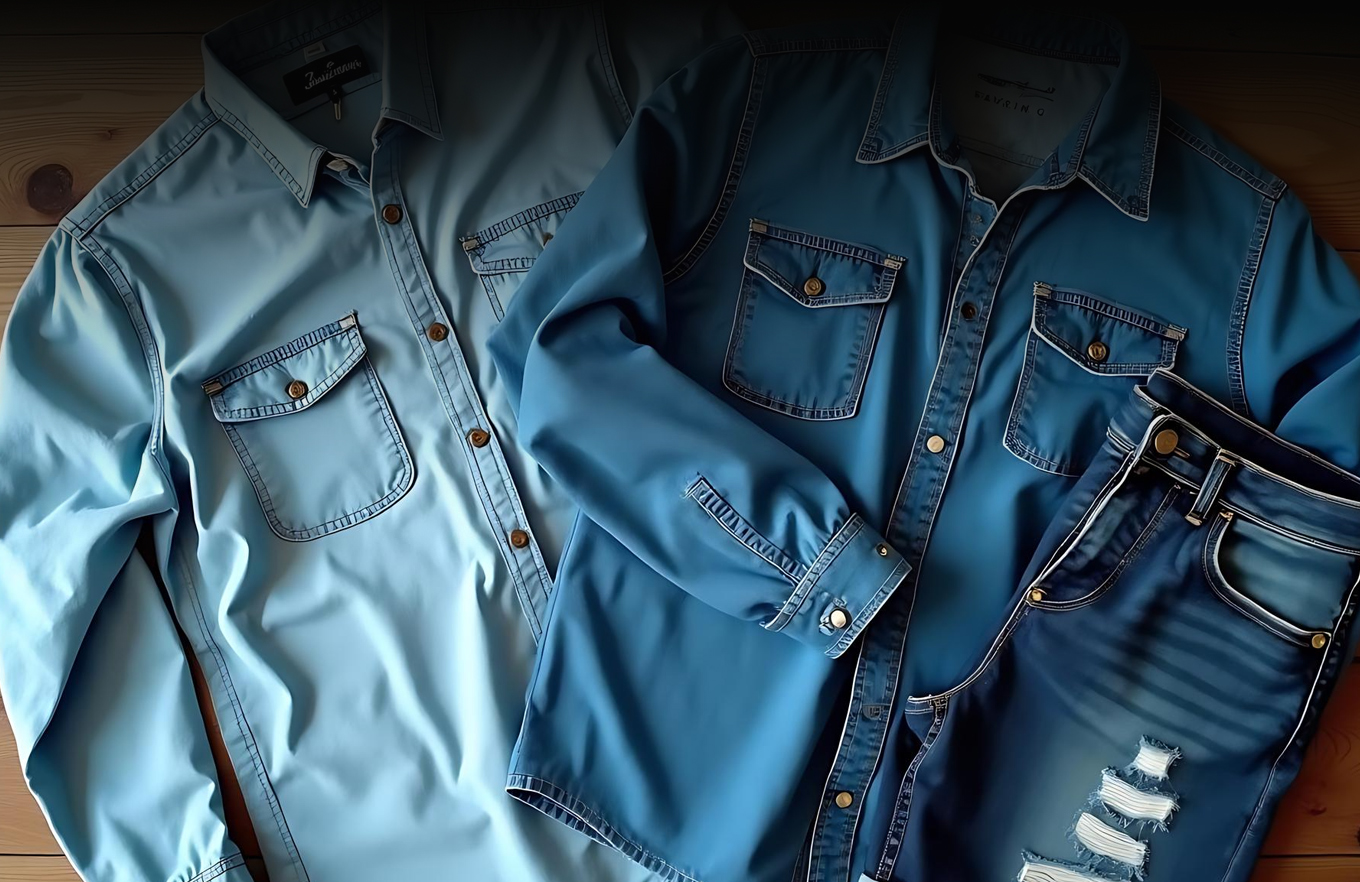July 21, 2025
In today’s environmentally conscious world, sustainable apparel has become more than a buzzword; it’s a necessity. Consumers, brands, and manufacturers alike are waking up to the environmental costs of traditional garment production. Companies like Samad Group are taking active steps to revolutionize how fashion is made, one conscious choice at a time. Implementing smart production hacks is key to reducing environmental impact while maintaining quality and profitability.
This guide outlines seven actionable strategies that every sustainable apparel brand should consider to reduce its carbon footprint effectively.

Using organic cotton, bamboo, or recycled polyester can significantly reduce the carbon footprint of a garment. These materials require less water and fewer chemicals during cultivation and processing. As a trusted textile manufacturer in Pakistan, Samad Group has adopted eco-friendly sourcing methods that allow it to create garments without compromising environmental values.
Precision cutting and digital pattern-making help minimize fabric waste. Software tools allow manufacturers to plan patterns tightly on fabric rolls, reducing scraps. Samad Group implements advanced cutting technology to improve fabric utilization rates across its production units.

Traditional dyeing processes are water-intensive and often result in harmful runoff. Sustainable apparel producers are now using low-water and waterless dyeing methods, including digital printing and supercritical CO2 dyeing. These techniques not only save water but also produce vibrant, long-lasting colors.
Eco-friendly dyes contain fewer toxic chemicals and have a lower environmental impact. Additionally, mechanical finishes like enzyme or ozone washes reduce the need for harsh chemical treatments. Samad Group’s commitment to responsible manufacturing includes the use of low-impact chemical processes for finishing textiles.
Switching to renewable energy sources and improving energy efficiency in production lines can drastically cut carbon emissions. Facilities powered by solar panels or utilizing energy-efficient machines are becoming industry benchmarks. Well, Samad Group's sustainable manufacturing units incorporate smart energy practices, aligning with global green manufacturing goals.
Designing apparel for reuse, recycling, or composting ensures less waste ends up in landfills. Circular fashion emphasizes modular designs, durable stitching, and materials that can be easily disassembled. Samad Group has started exploring circular production lines to extend product life cycles and reduce textile waste.
Sustainable apparel isn’t complete without eco-conscious packaging. Use recyclable, biodegradable, or reusable materials for packaging. Samad Group uses minimalist, recyclable packaging that maintains product integrity while reducing environmental harm.
Get in touch with Samad Group to explore sustainable apparel solutions customized to your brand's eco goals.
Sustainable apparel production doesn’t require a complete overhaul; it requires smarter choices. From fabric sourcing to finishing and packaging, each step offers an opportunity to reduce carbon emissions and promote environmental responsibility. Samad Group, a textile manufacturer in Pakistan committed to innovation and sustainability, proves that thoughtful changes can drive major impact. These seven production hacks offer a blueprint for manufacturers aiming to meet the growing demand for eco-conscious fashion.
Organic cotton, bamboo, hemp, and recycled polyester are among the best options for sustainable apparel production.
Digital pattern-making enables precise fabric layouts, minimizing leftover scraps and enhancing efficiency in garment production.
A textile manufacturer in Pakistan, like Samad Group, contributes by adopting eco-friendly materials, energy-efficient methods, and ethical labor practices.